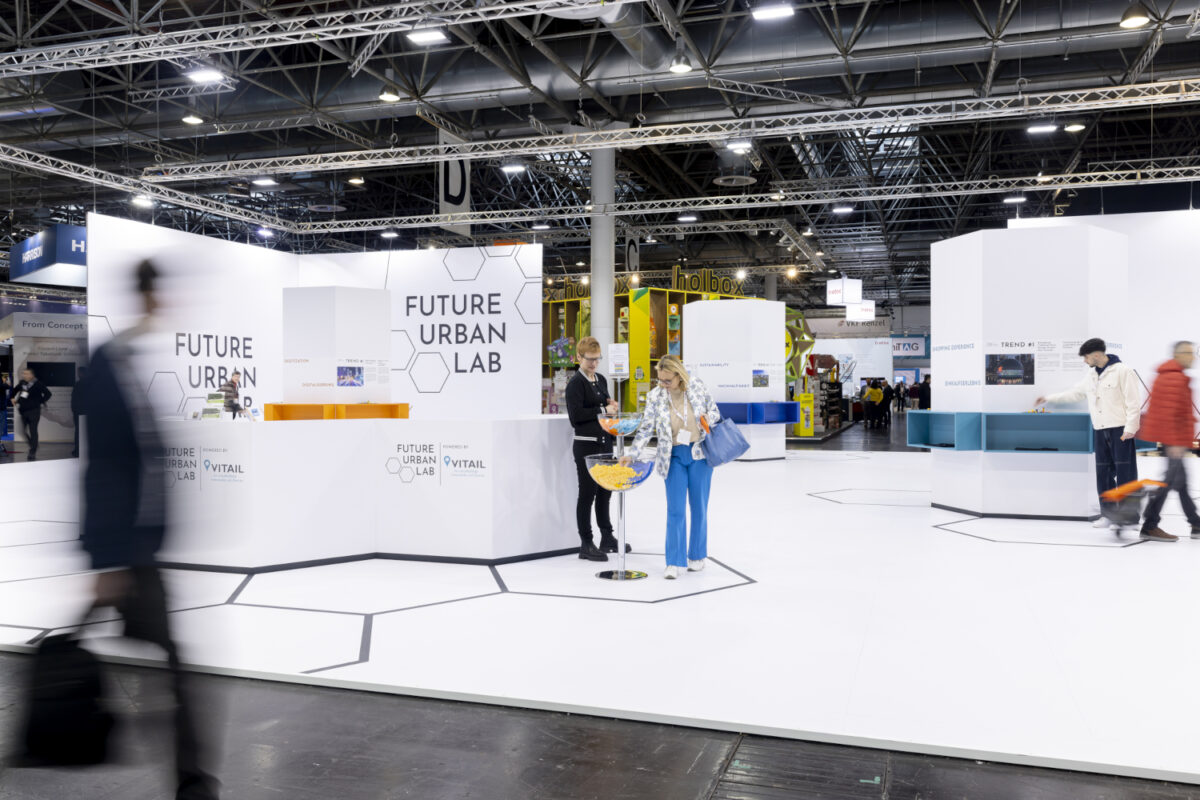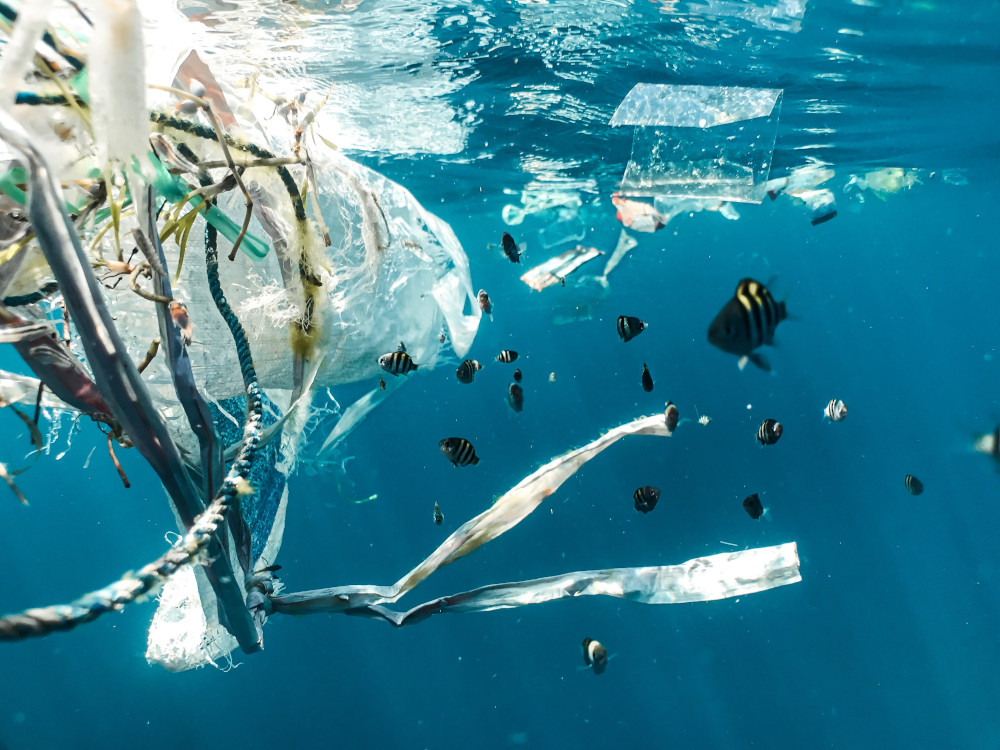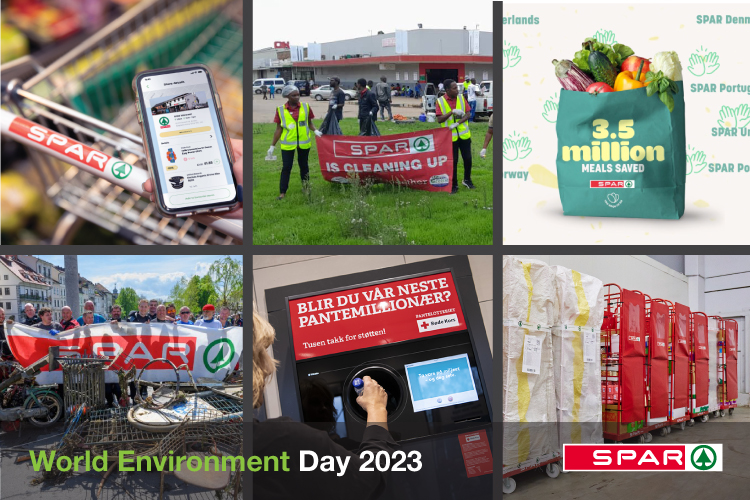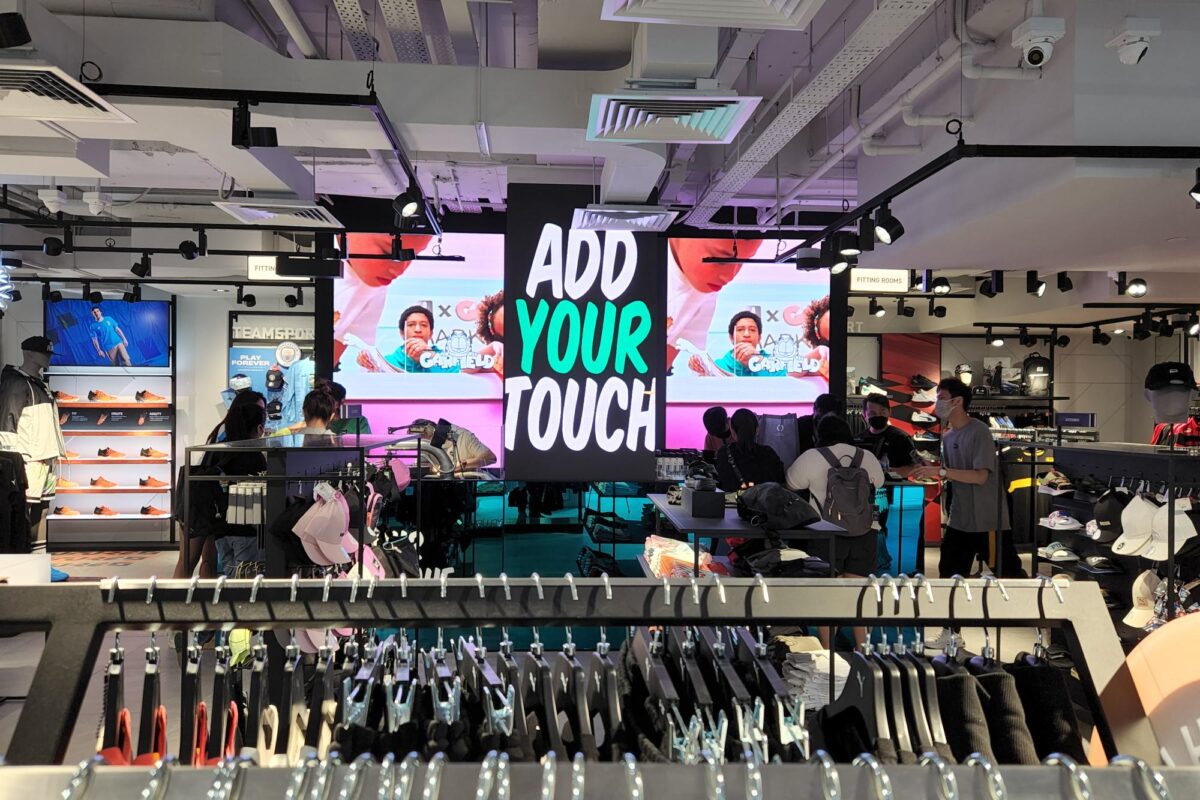“Everyone should enjoy implementing the processes and resources in the best possible way,” says David Suermann, founder of the startup company klardenker GmbH in Cologne, Germany. His goal is to inspire a change of mindset in the event and trade show industry and boost sustainability as a result.
Mr. Suermann, tell us, in a few words: What can the trade show and event planning services industry do to promote more sustainability?
Long-term planning is key in this case. Stakeholders should look at all activities at the same time. You often have components that can be used both at an event and at a trade show. What’s more, many topics can be reused and presented without incurring extra material costs. In the same way, leaving out things that have become common knowledge and using different materials and systems can quickly become a sustainability issue. In short, less can often be more. You may have to accept or make a few compromises and sometimes challenge and do things differently. But the end result is worth it.
How can live digital marketing boost sustainability?
You need to ensure that you make the right choice of electricity consumers with the most reduced energy consumption as well as the right energy selection. Provided that digitization results in reduced material and resource consumption, it moves towards sustainability. Unfortunately, there are also examples of exhibitors who use the same conventional structures and implementation and then add digital aspects on top of it. From a sustainability perspective, that’s the moment when things can no longer be considered a benefit. If you use digital technology consistently and responsibly, it can usually be applied in a variety of different ways and subsequently ensure a more efficient use of resources in the long run.
A major trade show like our EuroShop features a wide variety of trade fair construction and shopfitting companies, architects and designers. What should these experts include in their planning process in the future?
One of several approaches they can take is the right choice of components – how can you design and build them, what material should they be made of to ensure they don’t have to be reworked or freshly painted or even newly produced and developed after each use.
The choice of material and a different look can already offset a major portion of your expenditures. Changing logistics structures is also an important part of a sustainable project implementation. The construction components are not delivered wrapped in plastic on pallets for one-time use but are protected in shipping containers for multiple intended uses. This is where all of the project stakeholders must change their mindset.
Interview: Natascha Mörs; EuroShop.mag





















